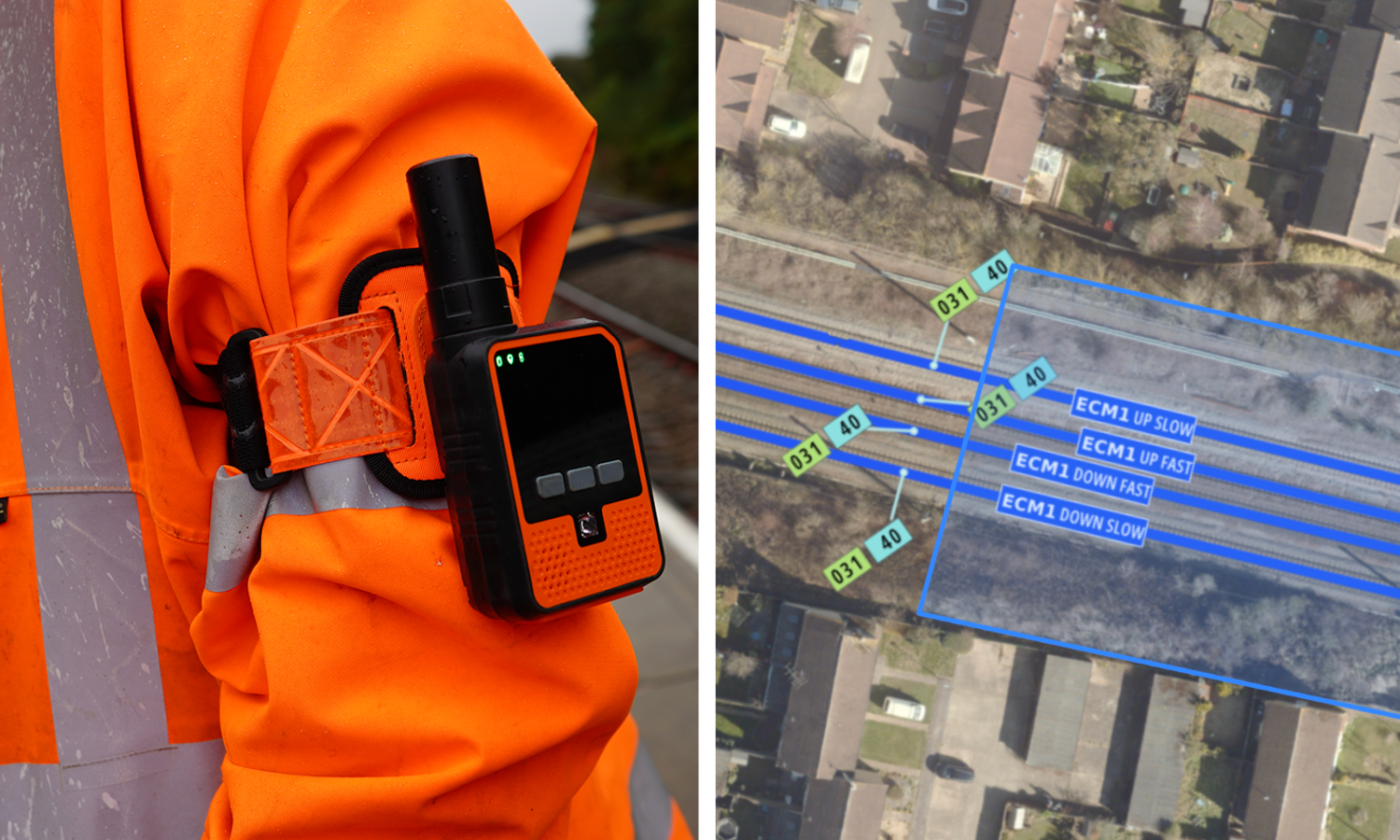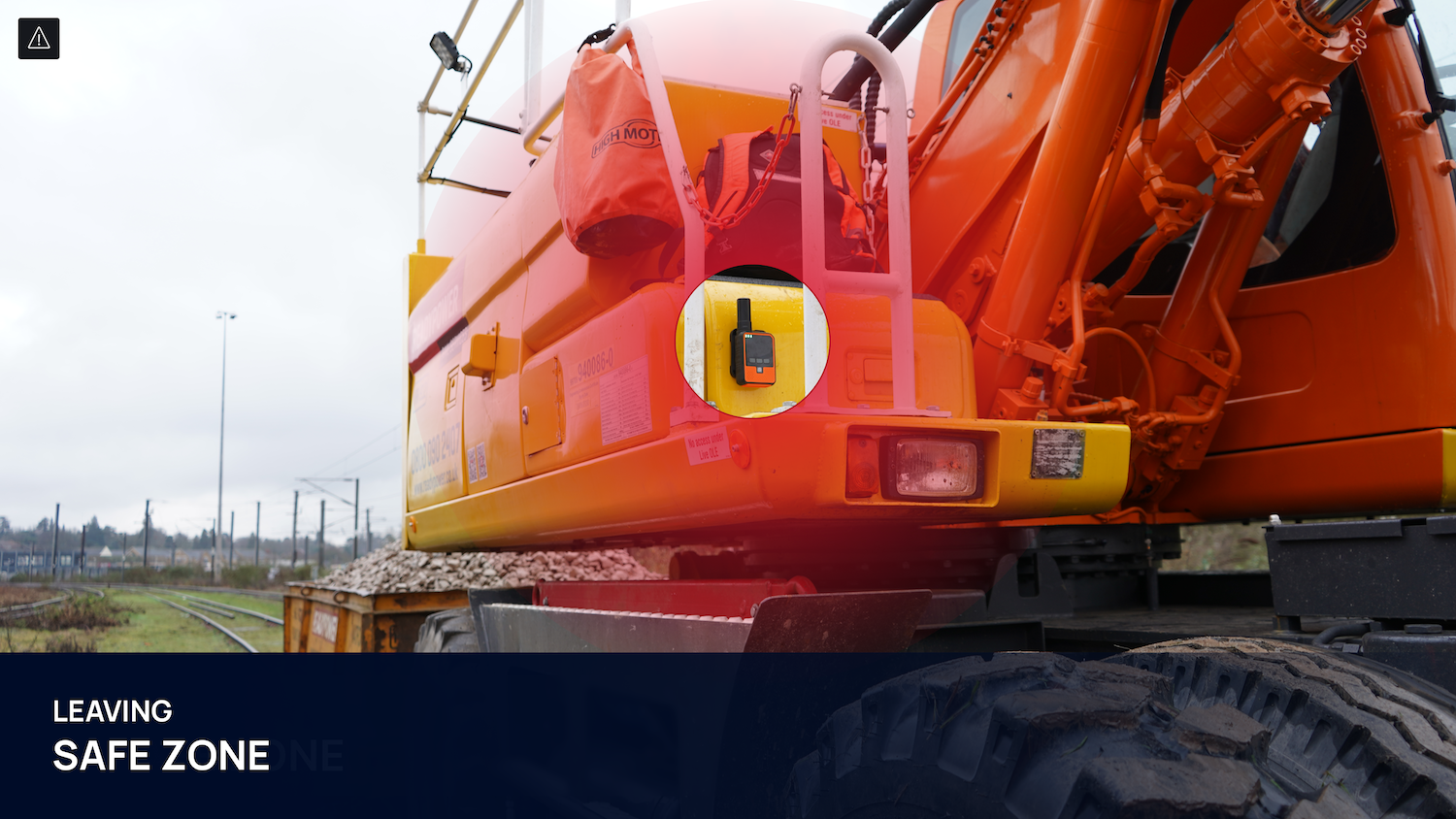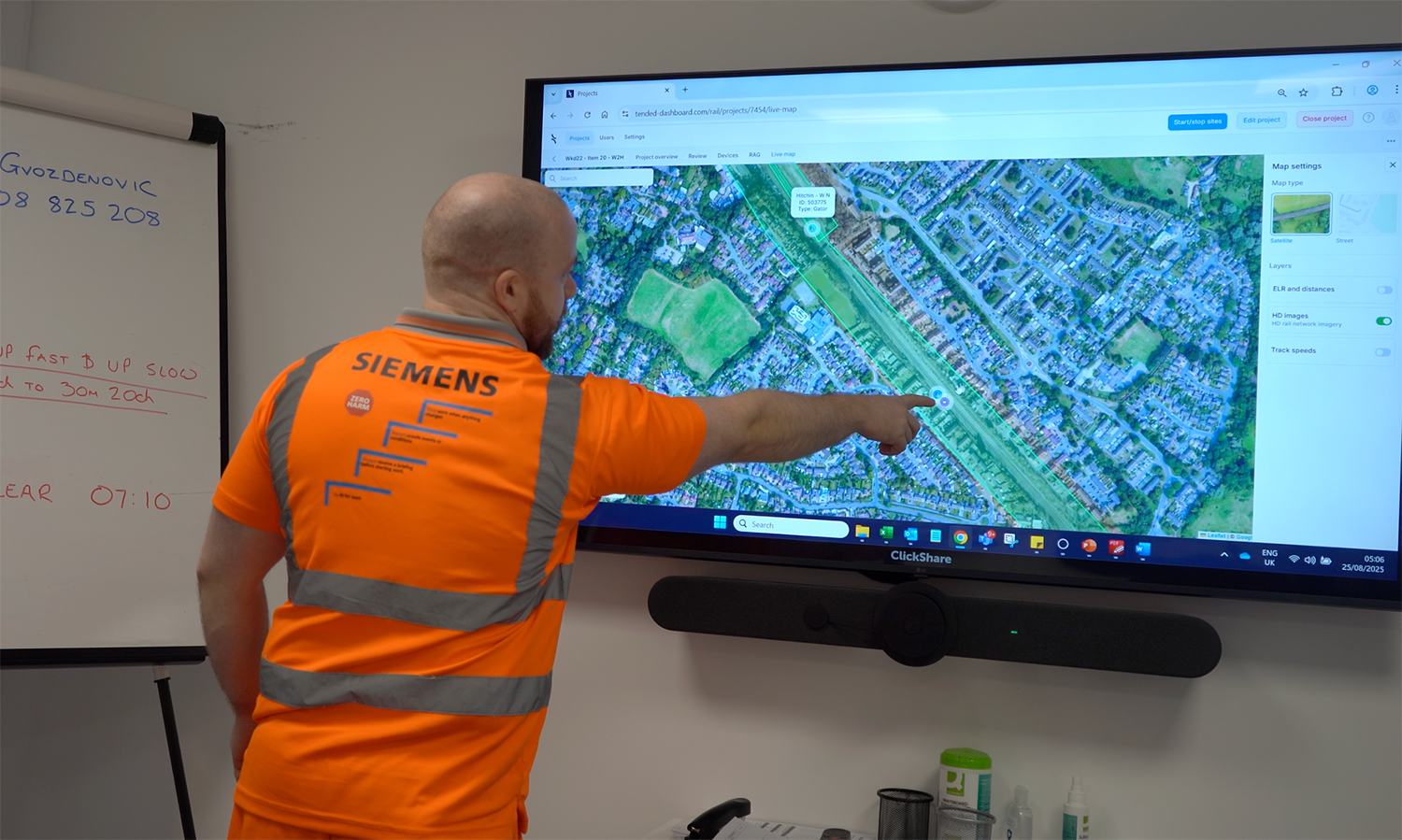Our monthly risk reduction series explores how geofencing technology can help mitigate specific safety incidents in the railway industry, offering practical insights and strategies for creating safer and more efficient work environments. In this edition, we cover how geofencing can enhance the management of isolations during railway projects.
The challenge with isolation equipment and briefing practices
On the railway, an isolation is the process of making a section of the electrical infrastructure safe so that track workers can work without risk of electric shock. This typically applies to electrified routes powered by Alternating Current (AC) overhead systems or by Direct Current (DC) 3rd and 4th rail systems.
To achieve an isolation:
- The electrical supply is switched off for a defined section of track by the Electrical Control Operator.
- Isolation equipment is fitted to physically connect the equipment to earth, to prevent incidents caused by accidental re-energising.
- Clear limits are established to mark where the isolation begins and ends so that workers know exactly where it is safe to operate.
Isolations are critical because railway systems carry extremely high power. Without isolations, anyone working on or near electrified assets would be exposed to potentially life-threatening risk. Managing isolations, therefore requires accuracy and clear communication, which is why misplaced equipment, uncertainty around boundaries, or unclear briefings pose such significant safety risks.
Reducing the risk of misplaced isolation equipment
Isolation equipment helps ensure that AC or DC electrified lines are made safe for workers carrying out specific tasks. However, human error can occur during setup, particularly under time pressure, in complex layouts, or in poor visibility conditions, potentially leaving parts of the worksite live and hazardous.
Geofencing addresses this by creating virtual boundaries for the isolation zone, allowing the isolation equipment placement to be checked against planned limits.
1. Geofencing is used to plan out virtual limits on an online Dashboard, using the same ELR and mile and chain as the isolation zone
2. Small geofencing devices worn by workers placing the isolation equipment will alert the moment they cross over the virtual boundary, indicating to them that they’ve reached the isolation limits and this is where the equipment needs to be placed.
3. On the Dashboard, the ES can see this happening live and can also verify in real-time that isolation equipment is positioned correctly before commencing work.

Helping to keep people and machinery within isolation zones
Even when isolation equipment is correctly installed, there is still a risk of workers or machinery moving outside the safe zone. Traditional methods rely on physical markers or supervision, which may not provide sufficient oversight across large or complex sites.
1. Similar to the above, once geofence boundaries are mapped out around the isolation limits, defining exactly where it is safe to operate, workers and plant approaching the edge of the isolation zone will receive real-time alerts.
2. Upon receiving an alert, workers and plant operators know that they have exited the safe boundaries of the isolation and should immediately return to safety. This reduces the risk of accidental encroachment onto live infrastructure.

Enhanced briefings for isolations
Briefing teams on isolation limits can be challenging, relying on verbal instructions or printed diagrams. Misunderstandings can occur, leaving workers unsure of exactly where it is safe to operate.
Geofencing allows for digital briefings with clear, map-based visualisations of isolation limits. Every team member sees the same accurate information, and if isolation limits change, updates can be communicated instantly. This helps to provide consistent briefings, reduces ambiguity, and increases confidence for everyone on site.

Isolation management with reduced risk
Geofencing addresses the three most common challenges in isolation management: misplaced equipment, boundary compliance, and unclear briefings. Enhancing these processes with revolutionary technology helps to mitigate human error, improve safety, and make railway operations more efficient.

.jpg)


